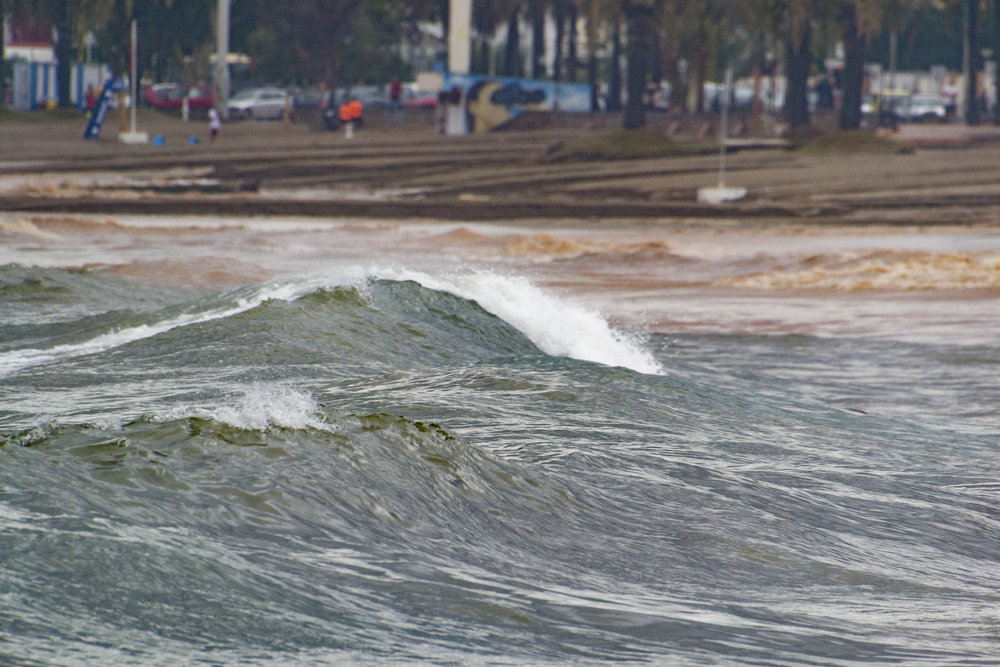
It’s not surface waves that threaten to overwhelm coastal living it’s water creeping quietly up from the ground beneath your feet. Across the United States, from coast to coast, water tables are climbing, driven by global warming, to rust pipes, inundate basements, and drive toxic chemicals into homes and waterways. This “threat from below” is already rewriting the climate resilience discussion, and scientists say it can cost billions and lives if not addressed.
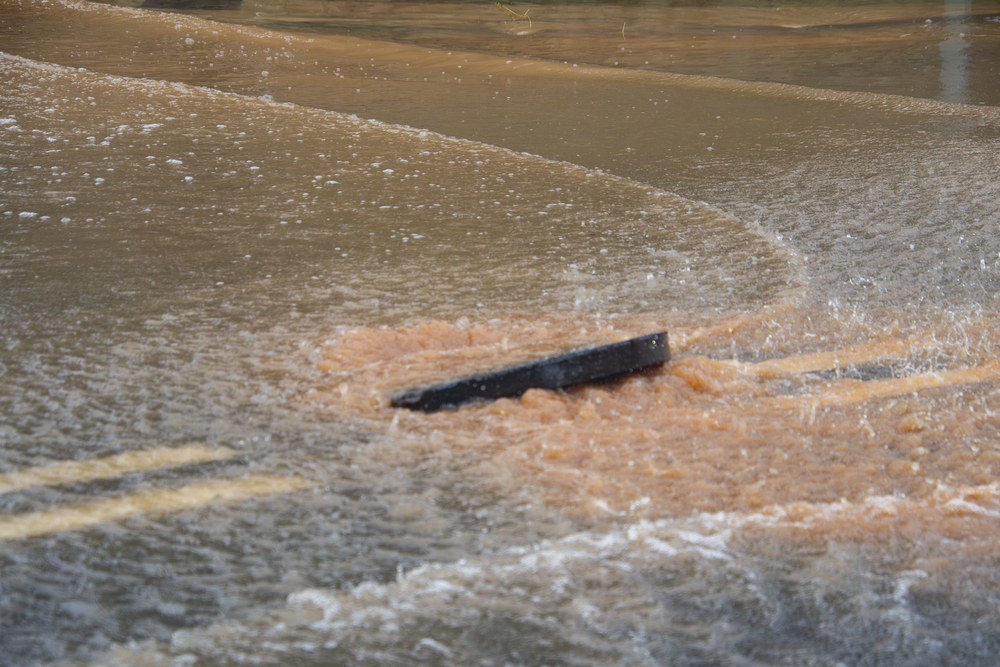
1. A Rising Tide Underground
Up and down most of the nearly 100,000 miles of American coast, from Virginia to Florida to the San Francisco Bay area, higher oceans and more rain are pushing groundwater up. The Pacific has already risen about eight inches along the West Coast since the 1880s, and over a foot by 2050 and over six feet by 2100 are projected. As Rep. Kevin Mullin explained, “Climate change will raise water levels, but there’s more to this challenge there is groundwater under our feet.”

2. On the Brink of Infrastructure
The impact is already being felt: water supplies swallowed up after a drink, roads and bridges crumbling, and sewage pipes bursting apart. When groundwater flows into sewer pipes, it can actually engulf them, pouring untreated sewerage into ocean waterways. In Beaufort County, South Carolina, septic systems are being overtopped by high water from the ground, and public health and the shellfish industry are threatened. “Without quality water, you are not going to have quality seafood,” stated oyster marketplace owner and council member Larry Toomer.
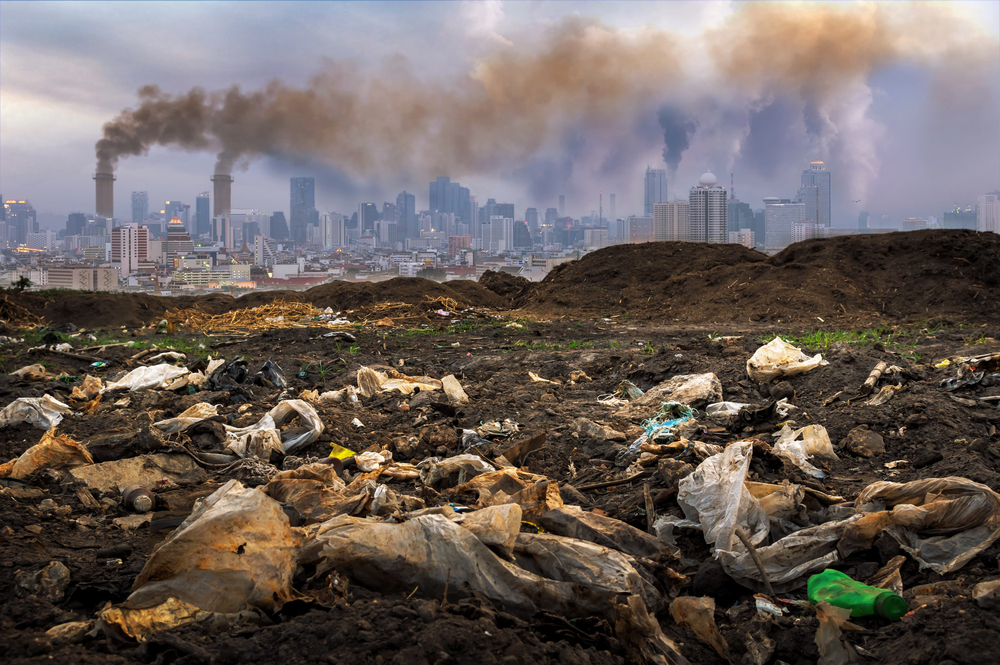
3. Toxic Legacies Exposed
Most potentially dangerous is mobilization of buried industrial pollution. There are more than 5,000 contaminated sites threatened in the Bay Area alone. Some contain radioactive materials; others, volatile chemicals like trichloroethylene (TCE), which vaporize and seep into buildings. UC Berkeley’s Kristina Hill warns, “All of these sites have to be rescreened because it’s not certain that people are safe, and as years go by, there is more risk.”
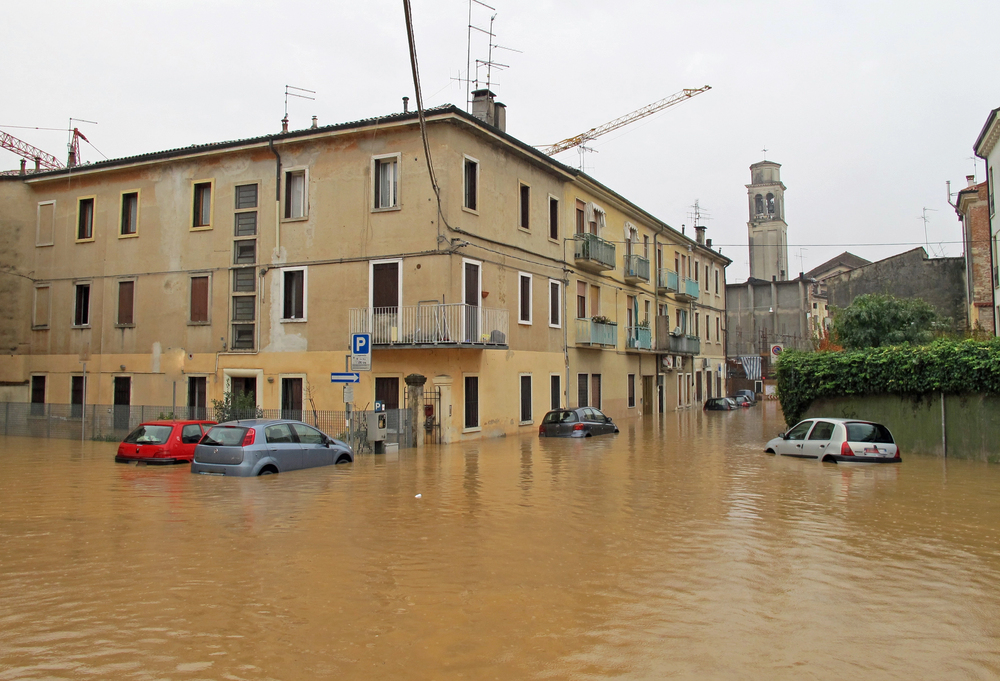
4. Frontline Communities
Low-income and communities of color communities are disproportionately at risk, frequently located in low-lying, industrially bordering communities due to historical redlining. More than 50 of the contaminated sites are in areas most likely to be affected by encroaching groundwater in East Palo Alto. Many already suffer from flooding from winter storms, and the city’s outdated water infrastructure is most vulnerable. Local organization Nuestra Casa is partnering with SPUR to ensure adaptation plans prioritize local needs and avoid costly measures like raised utility rates.
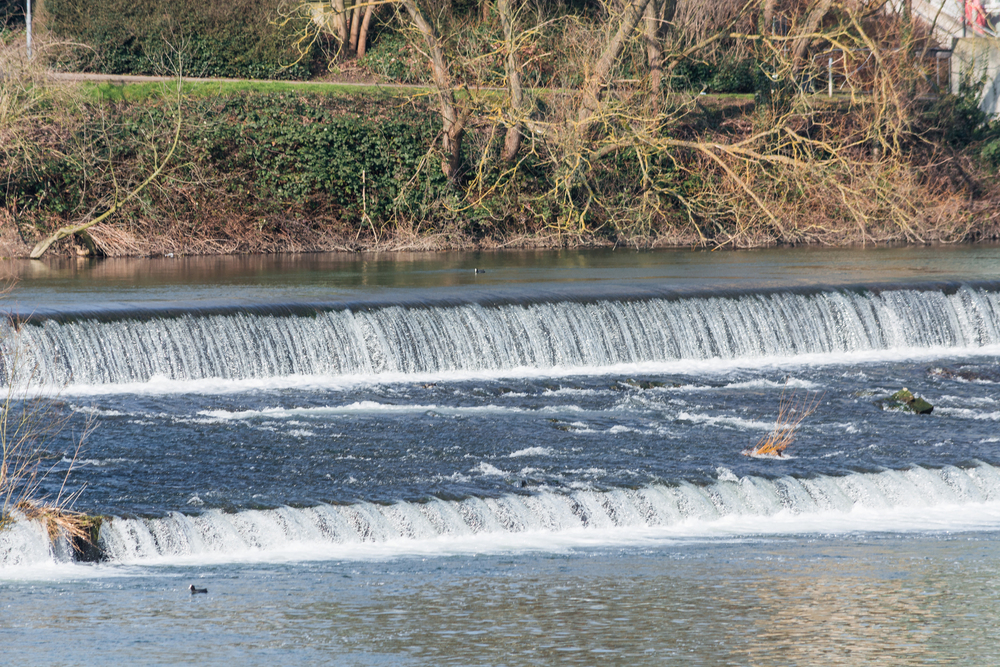
5. Groundwater Rise and Infrastructure Preparedness Act
Bipartisan bill introduced in June 2025 by Reps. Mullin and Andrew Garbarino would allocate $5 million to the U.S. Geological Survey to project and map groundwater rise through 2100, determine high-risk areas, and develop mitigation alternatives. USGS would risk assess roads, infrastructure, and public health and report to Congress within three years. There are all of these from American Planning Association to Surfrider Foundation with supporters from many organizations in the middle. Mullin stressed, “We can’t afford to wait.”
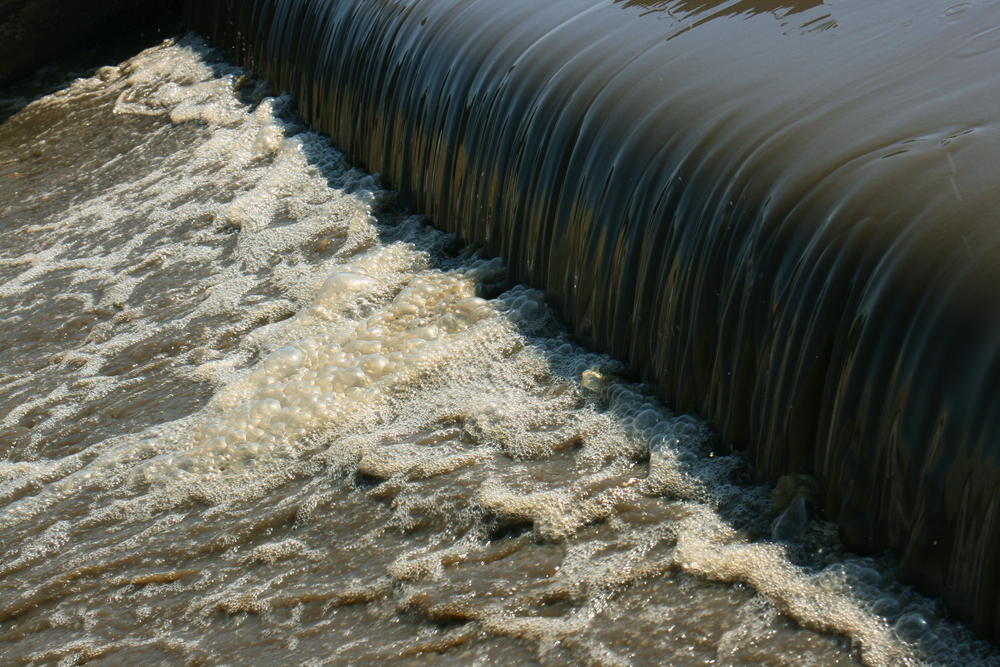
6. History’s Lessons
Groundwater surge is nothing new history documents its devastating fury. In Illinois, water table rise has leeched heavy metals from unlined coal ash impoundments into aquifers that provide drinking water. TCE contamination resulted in McClymonds High School’s closure in 2020 in West Oakland. These events remind us of the importance of active monitoring, especially at “peak groundwater moments” like high tide or a deluge rain event.
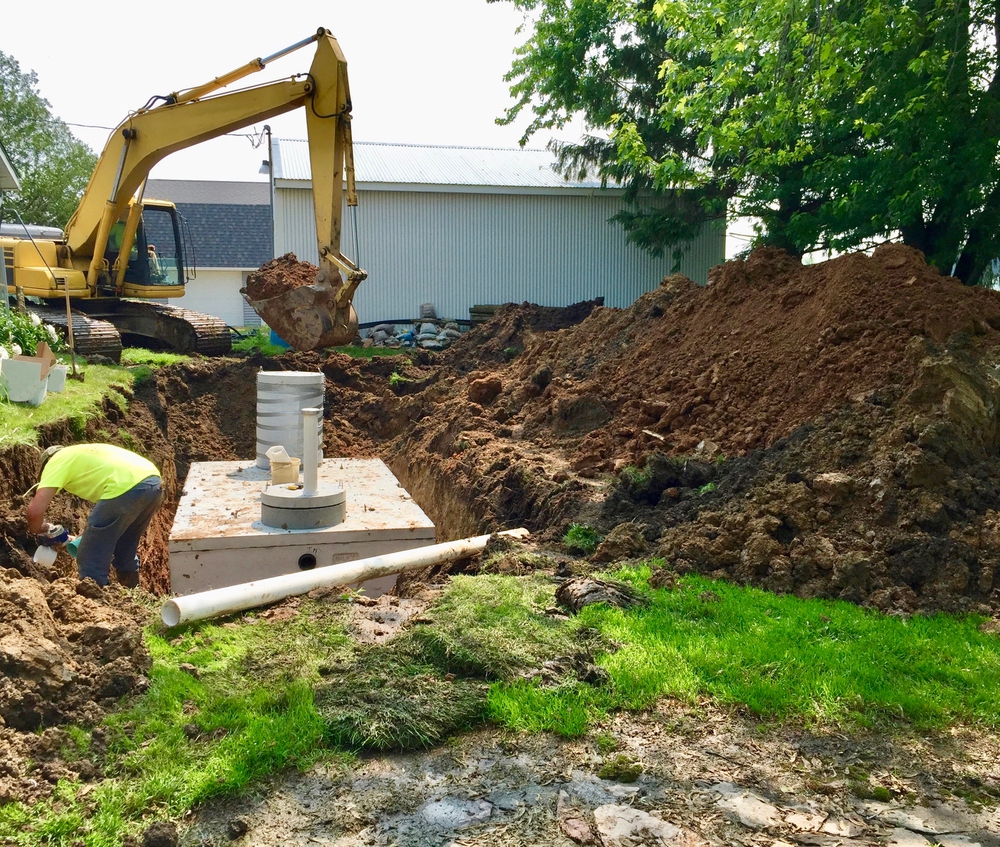
7. Engineering and Adaptation Solutions
Creative solutions are being seen everywhere around the world. In the Netherlands, citizens are building floating apartment complexes to resist rising water. In San Mateo County, organizations like OneShoreline are undertaking a number of multi-jurisdictional projects to resist sea level and groundwater increase. Solutions range from the redesigning of below-ground infrastructure for corrosion-resistance to the retirement of septic tanks in vulnerable locations and the remediation of those sites before they have a chance to spread.
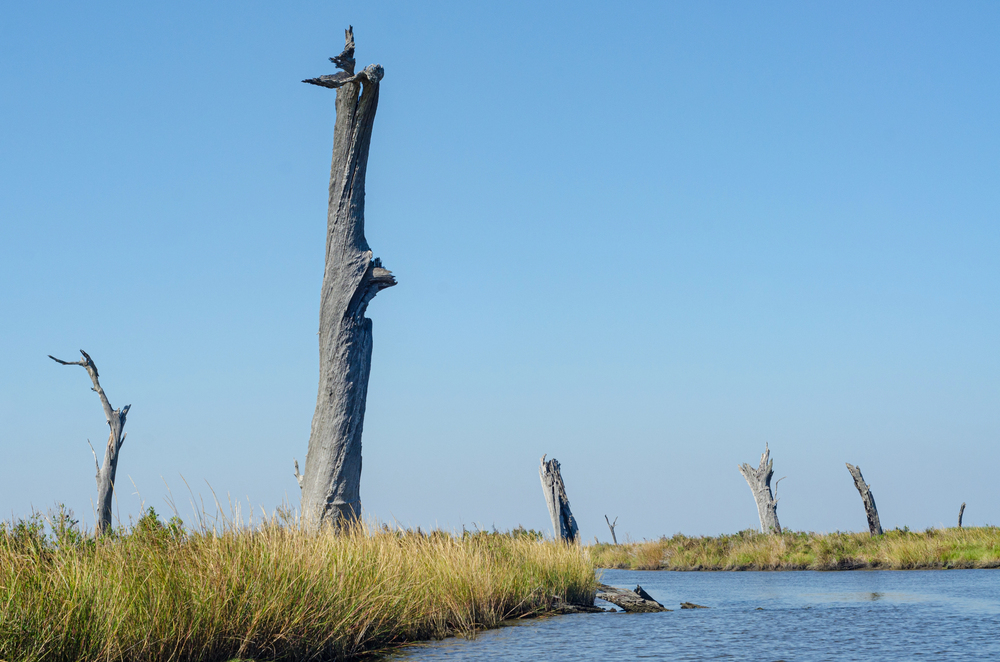
8. The Saltwater Factor
Not only do rising seas flood freshwater but also push saltwater onto land through permeable soils, a process known as saltwater intrusion. By 2100, it may render three out of four coastal aquifers on Earth uninhabitable and shake buildings. Low-lying areas of the Gulf Coast and Eastern Seaboard in the US are especially at risk.
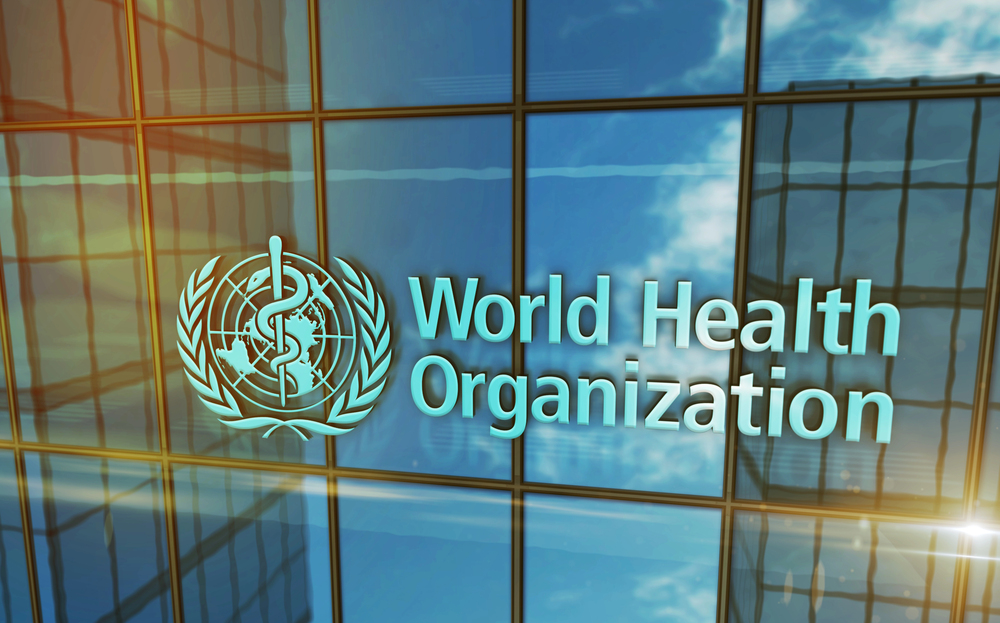
9. Why This Matters for Health
The World Health Organization is warning that climate change can result in 250,000 additional deaths annually between 2030 and 2050 from diseases like waterborne diseases. Mobilized toxic substances like mercury, arsenic, and PCBs have long-term effects ranging from cancer to developmental disorders. Children and older adults are highly impacted because their immune functions are impaired and have a higher exposure rate per unit body weight.
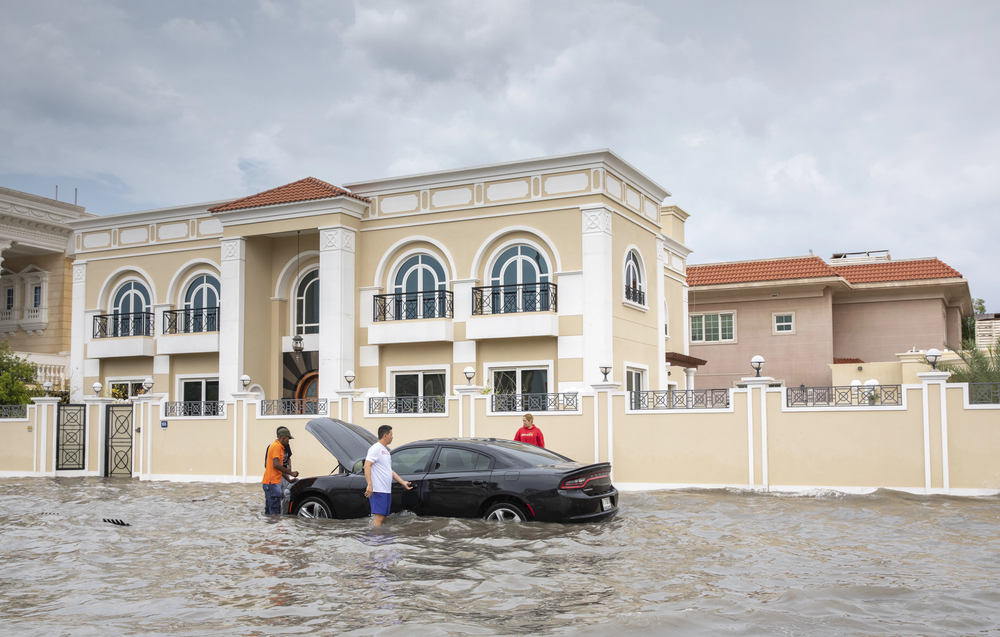
10. A Call to Action
Experts believe that knowledge is power. Extremely precise, place-specific groundwater monitoring can guide infrastructure upgrades, zoning policies, and emergency actions. As coastal scientist Molly Mitchell has put it, “Being aware of it could help reduce a lot of future impacts.” Also critical is charging polluters to restore, instead of holding back with a cap at poisoned sites and letting the best offer get to it.
Protecting sea-side cities from this silent crisis will require political will, innovative engineering, and community planning. Water is rising above sea level as well as below it and the time for action is now.


